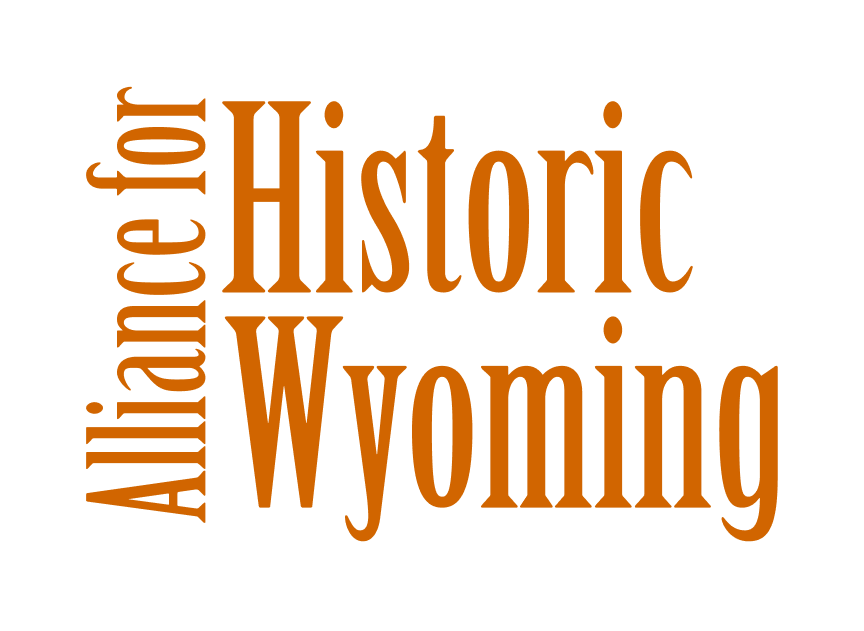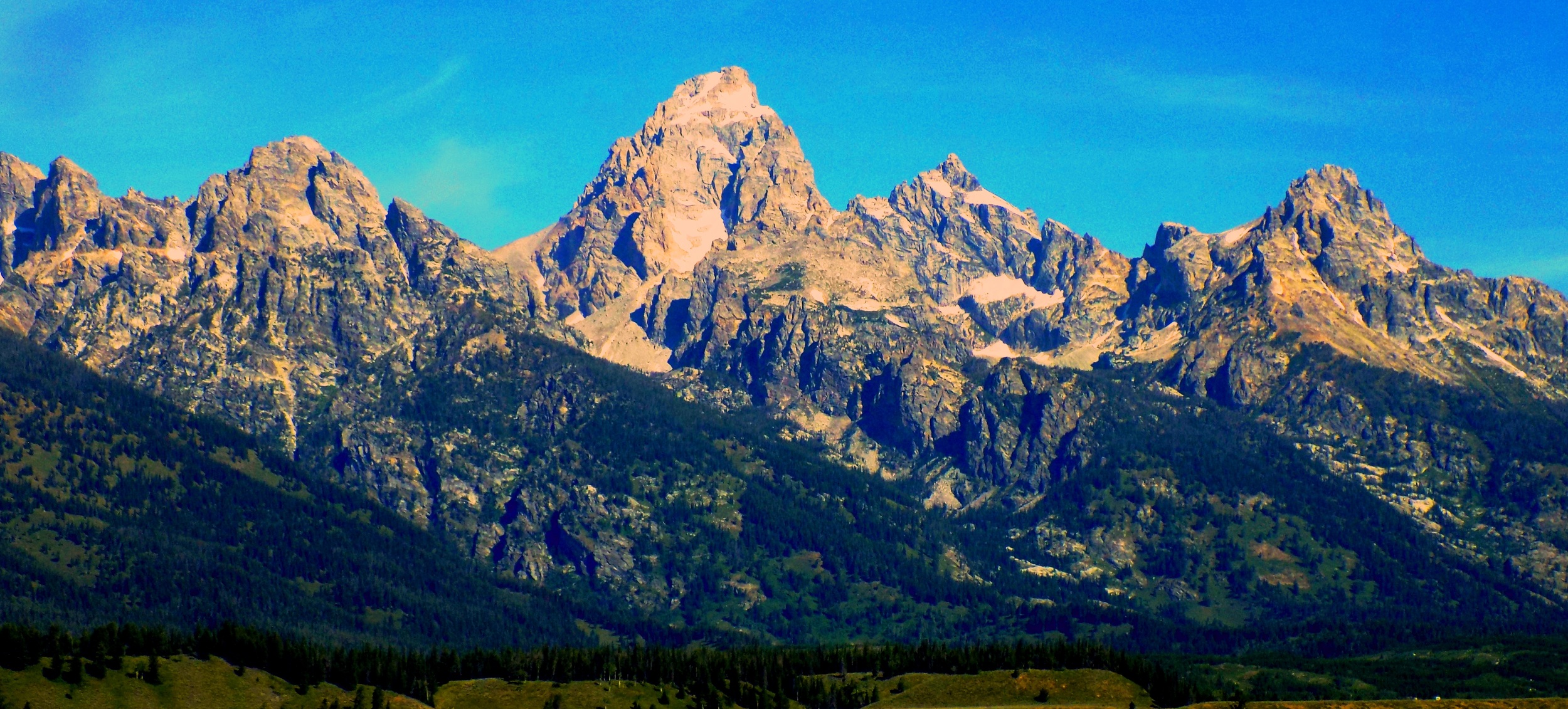By Stacy Whitman-Moore
June 22, 2016
From July 2013 to June 2015 I worked for the Alliance for Historic Wyoming as an archaeologist in Grand Teton National Park. During my two years at the park, I experienced a wide range of archaeological work including:
• Recording new prehistoric and historic sites;
• Assessing the condition of previously recorded sites;
• Determining the significance of archaeological sites;
• Surveying lands to find archaeological sites before construction or ground disturbance;
• Using geographic information systems to plot and analyze sites and artifacts;
• Consulting with American Indian tribes and other parties to discuss archaeological sites and park projects; and
• Determining how to mitigate impacts on archaeological sites.
A large project that began during my two years in Teton was the Jenny Lake Renewal Project. This project consisted of upgrading the water and waste water systems, improving paved and unpaved walking trails, and providing access and viewing areas along Jenny Lake. However, this area of the park contains a plethora of archaeological sites. So, before any construction, I (with the help of many others) needed to locate these sites, understand their size and depth, determine their significance and any previous damage, determine artifact concentrations and construction locations, and how to mitigate impacts from construction. To complete these tasks I had to consult with the State Historic Preservation Office, the Advisory Council on Historic Preservation, and associated American Indian tribes; analyze site, artifact, and construction locations using GIS; dig small test units throughout the site to determine site depth, artifact types and concentrations, and historical disturbance; and work with consulting parties to determine appropriate mitigation strategies (something Teton is still working on).
In this photo, I am screening soil through ¼ inch mesh to find artifacts in the soil of a test unit. Surrounding me, you may be able to see small pink flags tied to plants. These flags mark artifacts resting on the surface. These artifacts we recorded and left in their original locations.
You may ask why this is important. Why should we be spending time and money on cultural resources?
Archaeological sites, such as the ones near Jenny Lake, are important because they are non-renewable resources; once these sites and artifacts are destroyed, vandalized, looted, etc., they are gone forever and can’t be replaced. This can be a substantial loss because these sites may contain significant scientific, educational, and/or cultural information found nowhere else. These sites and artifacts and the information they contain provide us with a glimpse into the lives of people who walked the same ground we walk today. These places can tell us about the way people ate, what they believed, the clothes and jewelry they wore, the tools and cooking pots they used, the houses they lived in, and the ways they commemorated their dead. When we begin to understand these aspects of their lives, we begin to understand larger trends, such as the evolution of humanity, the changes in the environment, and the changes in societal structures, technology, trade, and ideologies.
This photo shows two artifacts found at the Jenny Lake site. These projectile points are made of obsidian, a volcanic glass easily accessible in Teton and great for flintknapping.
In a place like Grand Teton National Park, with such incredible landscapes and natural resources, people often forget about the remarkable human history associated with the area. American Indians have lived and used this area for almost 10,000 years. In addition, Euro-Americans entered the region in the late 1800s, adding a whole new aspect to the cultural use of what we now call Grand Teton National Park. As an archaeologist in Teton, my job was to protect and preserve the objects left and the landscapes changed by past humans, so people may continue to enjoy these places for many generations to come.
LIKE WHAT YOU JUST READ?
- Browse our archive of Historic Places and Spaces Profiles by clicking here.
- To learn about all of our campaigns and initiatives, click here.
- Subscribe to our newsletter to learn more about what’s going on in Wyoming.
- Donate or become a member to help us produce stories, organize events, and be a voice for preservation across the state.
- Like us on Facebook, and follow us on Twitter and Instagram to see our latest updates!



